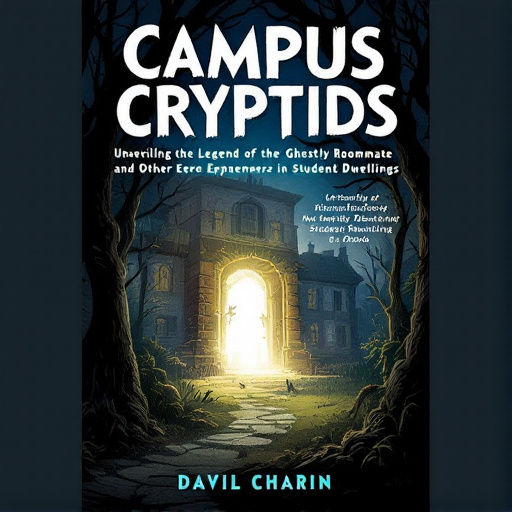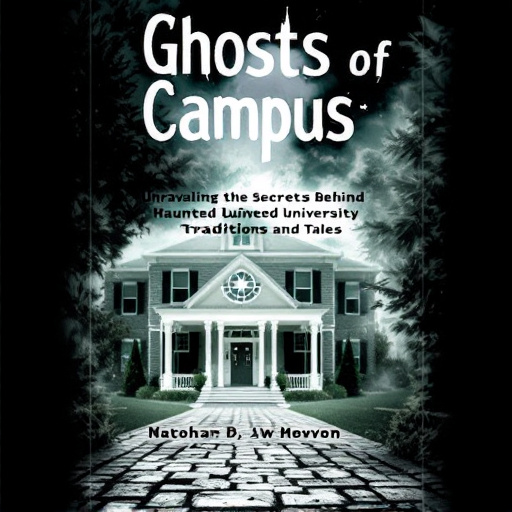Featured Articles
- Bizarre Dorm Decor: How Quirky Aesthetics Are Redefining Campus Living Spaces
- Campus Cryptids: Unveiling the Legend of the Ghostly Roommate and Other Eerie Ephemera in Student Dwellings
- "From Dorm to Digital: How Virtual Reality is Redefining Campus Hangouts and Social Interactions"
- "Ghosts of Campus: Unraveling the Secrets Behind Haunted University Traditions and Tales"
- "Silent Study Zones: The Rise of Soundless Spaces for Mental Clarity in Chaotic Campus Life"
Top 8 Must-Have Smart Tools Launched Since 2019 Revolutionizing Student Productivity and Campus Living
Top 8 Must-Have Smart Tools Launched Since 2019 Revolutionizing Student Productivity and Campus Living
Top 8 Must-Have Smart Tools Launched Since 2019 Revolutionizing Student Productivity and Campus Living
1. Notion - The All-in-One Workspace
Notion has emerged as an essential tool for students seeking to organize their academic and personal lives seamlessly. Launched prior to 2019 but significantly evolving afterward, its multifunctional workspace allows note-taking, task management, and collaboration in one platform.
The app’s flexibility means students can tailor their study planners, research databases, and project trackers without switching between multiple tools. Its real-time collaboration also empowers group projects, streamlining communication among peers and professors.
By integrating notes, calendars, and to-do lists in a clean interface, Notion boosts productivity and reduces cognitive load, helping students maintain focus and clarity amidst busy schedules. As noted by The Verge, its growth reflects a shift toward customizable and integrated digital tools for education.
2. Otter.ai - Intelligent Transcription for Learning
Otter.ai revolutionizes note-taking by providing accurate, real-time transcription powered by advanced AI. Since its rise in popularity during the pandemic, many students have embraced Otter to capture lectures without distraction.
This tool allows users to record classes, meetings, or study sessions and instantly generate searchable, editable transcripts. Its keyword highlighting and playback features make reviewing content more efficient and dynamic.
By alleviating the pressure of manual note-taking, Otter enhances comprehension and retention, enabling students to engage fully during lessons. The Wall Street Journal highlights how AI-driven transcription tools like Otter are transforming educational accessibility.
3. Quizlet Learn - Adaptive Study Companion
Quizlet introduced the “Learn” feature to provide an adaptive, personalized study experience. Launched with updates post-2019, it uses machine learning to identify which concepts students struggle with and prioritizes them in review sessions.
The tool consolidates flashcards, practice tests, and games, catering to diverse learning styles. Quizlet Learn’s data-driven approach means students optimize study time by focusing on weak areas, rather than passively reviewing all content equally.
This innovation reflects a broader trend toward customized learning technologies that improve academic performance, as supported by research from EDUCAUSE on adaptive learning platforms.
4. Forest App - Focus Through Gamification
Forest App helps students beat distractions by encouraging focused work blocks with a unique gamified experience. Since its updates after 2019, it remains a favorite productivity booster, especially amid rising digital interruptions.
Users plant virtual trees that grow when they avoid using their phones. Successfully staying focused over time results in a lush digital forest, visually rewarding concentration and inducing healthy screen habits.
Forest’s approach aligns with psychological insights into habit formation and attention management, inspiring students to nurture mindfulness. TechCrunch has noted such gamification strategies as effective for reducing procrastination.
5. Google Workspace for Education - Enhanced Collaboration
Since its continual upgrades post-2019, Google Workspace for Education has become indispensable for campus collaboration, enabling seamless coordination on docs, spreadsheets, presentations, and emails.
Tools like Google Meet and Classroom empower remote learning and virtual study groups with reliable video conferencing and assignment management features. Cloud-based access ensures students collaborate effectively anytime, anywhere.
Educational experts praise Google Workspace’s integration as a driver for equity and productivity in both hybrid and in-person learning environments, according to EDUCAUSE reports.
6. Anki - Spaced Repetition Flashcards
Anki is a smart flashcard app leveraging spaced repetition algorithms to maximize memorization efficiency. Though originally released earlier, major advances and expansions in usability after 2019 have solidified its role in student learning.
By scheduling card reviews just before forgetting, Anki enables long-term retention critical for mastering complex subjects. Its open-source nature encourages students to customize and share decks for diverse disciplines.
The effectiveness of spaced repetition tools like Anki is well documented in cognitive science literature, proving invaluable for students facing heavy information loads.
7. Microsoft OneNote - Digital Notetaking Excellence
Microsoft OneNote has been enhanced since 2019 with smarter ink-to-text recognition and cloud syncing, making it a top-tier tool for comprehensive digital note-taking.
Its flexible interface supports typing, handwriting, audio recording, and image embedding, allowing students to capture ideas in varied formats during lectures or brainstorming sessions.
Integration with Microsoft 365 ensures easy sharing and collaboration, so group study becomes more interactive and efficient. Experts recognize OneNote as a versatile platform elevating educational note management.
8. Slack - Campus Community Communication
Slack, initially targeted at professional teams, gained traction in educational settings post-2019 as a dynamic communication platform for campus organizations and study groups.
Its organized channels, direct messaging, and integration capabilities foster quick, structured exchanges without cluttering email inboxes. Slack reduces communication friction, enhancing coordination and social connectivity among students.
As universities embrace hybrid learning models, Slack’s role in cultivating virtual community spaces continues to grow, noted in recent EDUCAUSE reviews on digital student engagement.
Conclusion
The remarkable wave of smart tools introduced since 2019 is transforming how students engage with their academics and campus environments. By combining artificial intelligence, adaptive learning, and collaborative frameworks, these applications foster concentration, personalized study, and meaningful connection.
Embracing such innovations empowers students to navigate challenges more resiliently, preserve mental clarity, and create balanced campus lives. As these technologies continue evolving, the future of education looks increasingly accessible, efficient, and inspiring.
Integrating these essential tools into daily routines can unlock new levels of productivity and well-being, renewing hope and confidence among learners worldwide.




